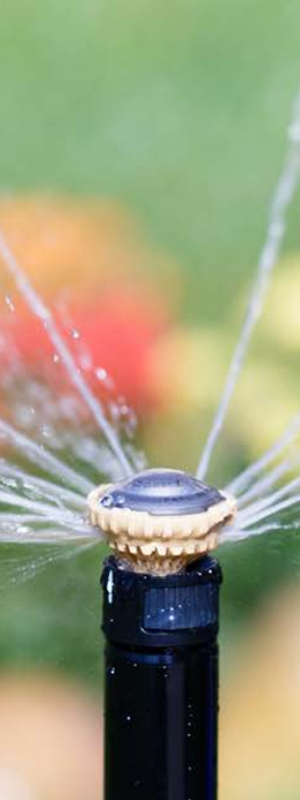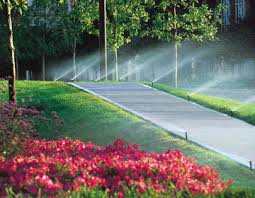Irrigation
Irrigation systems used to supply water to agricultural and landscaped areas to ensure optimal growth and health of plants. Effective irrigation is crucial for maintaining landscapes, gardens, farms, and other green spaces, especially in regions with variable or insufficient rainfall. Here’s an overview of the components, types, and considerations for irrigation works:
1. Components of Irrigation Systems
- Water Source: The primary source of water can be from wells, rivers, lakes, ponds, or municipal water systems.
- Piping: A network of pipes is necessary to transport water from the source to the desired areas. This can include mainlines, submains, and lateral lines.
- Valves: Used to control the flow of water, valves can be manual or automatic, allowing for efficient distribution and management of irrigation zones.
- Emitters/Nozzles: These devices release water directly to plants. Common types include drip emitters, sprinkler heads, and soaker hoses.
- Controllers/Timers: Automated systems that control the on/off cycles of irrigation, ensuring water is delivered at the right time and in the right quantity.
- Filters: Important for preventing clogging, especially in drip irrigation systems, filters remove debris and sediments from the water.
- Pressure Regulator: These maintain consistent water pressure throughout the system, optimizing water distribution and preventing damage.
2. Types of Irrigation Systems
- Drip Irrigation: Delivers water directly to the roots of plants through a network of tubes, pipes, and emitters. Highly efficient and reduces water waste.
- Sprinkler Irrigation: Uses a system of pipes to distribute water through spray heads. Mimics rainfall, suitable for larger areas and lawns.
- Surface Irrigation: Involves applying water to the surface of the soil using gravity. Methods include furrow, basin, and flood irrigation but may be less efficient.
- Subsurface Irrigation: Water is applied below the soil surface, which minimizes evaporation and often promotes better root growth.
- Automated Systems: Use weather sensors and moisture meters to optimize irrigation schedules and amounts, reducing water usage while improving plant health.
3. Design Considerations
- Site Assessment: Evaluating soil type, topography, climate conditions, and existing flora to determine the best irrigation approach.
- Water Requirements: Understanding the specific water needs of different plants to create an efficient system tailored to their requirements.
- Soil Drainage: Analyzing drainage capacity to avoid waterlogging or runoff issues.
- Water Quality: Testing the water source for contaminants or particulate matter that could affect plant health or system functionality.
- Local Regulations: Adhere to guidelines and restrictions that may be in place regarding water usage and irrigation practices.
4. Installation and Maintenance
- Installation: Ensuring proper installation of all components, including layout planning based on the design, and following best practices for pipe installation and emitter spacing.
- Maintenance: Regular checkups for clogs, leaks, and pressure adjustments are essential. Seasonal maintenance may include flushing systems, repairing damage, and adjusting settings based on plant growth cycles.

 AR
AR

